P22 Material Welding Procedure
The welding procedure for P22 involves following specific guidelines and steps to weld this low-alloy steel, which is commonly used in high-temperature applications like power plants and petrochemical refineries. ASTM A335 P22 is an alloy with 2.25% chromium and 1% molybdenum.
In this article, I have covered detailed procedure and guidelines based on the ASME and AWS Welding codes & standards. Here is a general outline of the welding procedure for P22 alloy steel:
Preparation:
- Ensure cleanliness of the base metal, filler metal, and welding equipment, removing any contaminants.
- Select a suitable filler metal compatible with P22, typically ER80S-B2 or ER90S-B3 filler wires.
- If required, preheat the base metal based on material thickness and welding code, typically around 200-300°C (392-572°F).
Welding Technique:
- Choose the appropriate welding process based on the application and requirements, such as gas tungsten arc welding (GTAW/TIG), shielded metal arc welding (SMAW), or gas metal arc welding (GMAW/MIG).
- Set welding parameters (current, voltage, travel speed, shielding gas flow rate) according to the welding code, joint design, and material thickness.
- Ensure a stable arc and proper shielding gas coverage to protect the weld pool from oxidation and atmospheric contamination.
- Use suitable welding techniques like weaving or stringer beads based on joint design and welding code requirements.
Post-Weld Treatment:
- Allow the welded joint to cool slowly and naturally to relieve residual stresses.
- Consider post-weld heat treatment (PWHT) if required by the welding code and material thickness to improve mechanical properties and minimize cracking risks. Refer this article for PWHT time & temperature requirements as per ASME codes.
- Conduct non-destructive testing (NDT) such as visual inspection, radiographic testing, ultrasonic testing, or dye penetrant testing to ensure weld quality.
What is P22- 2.25Cr-1Mo steel (F22, T22) Material?
P22 material is a 2.25Cr-1Mo (P22) steel that has important uses in the oil and gas industry. It is a low-alloy, Ferritic steel used for high temperature applications such as pressure vessels, reactors and columns.
P22 material also has high strength and toughness, making it ideal for use in applications where weight savings are important compared to carbon steel.
P22 material is a 2.25Cr-1Mo (P22) steel alloy that contains chromium and molybdenum. It is important because it offers excellent resistance to oxidation and carburization in high-temperature service.
It also has good strength and toughness, which makes it ideal for use in aircraft engines, gas turbines, and other high-temperature applications.
P22 material (2.25Cr-1Mo steel) Material Specification
The UNS Number of P22 material is K21590. The EN/ ISO Equivalent material of P22 is 10CrMo9-10 (1.7380).
THE P. Number for welding of P22 material is ‘P5A‘ and Group Number is G1.
It has a primary chemical composition of 2.25% chromium and 1% molybdenum, which gives it excellent resistance to corrosion and oxidation.
The P22 (ASTM A335 P22 Grade, for example) material also has high strength and toughness, making it ideal for use in high-stress applications.
The most common material specifications for P22 ((2.25Cr-1Mo steel) steel are:
- ASTM A199, A200, A213: Steel Tubes (T22)
- ASTM A336: Forgings (F22, F22a)
- ASTM A335: For Pipes (P22 Grade)
- ASTM A369: For Forged or Bored Pipe
- ASTM A182: fittings and flanges (F22 Grade)
- ASTM A234: Welded Pipe Fittings (WP22)
P22 (2.25Cr-1Mo steel) Material Chemical Composition
P22 material (2.25Cr-1Mo steel) is a ferritic steel with a chemical composition of C 0.02, Si 0.35, Mn 1.00, P 0.025, S 0.010, Cr 2.25, Mo 1.00.
It is a low-alloy steel that offers good resistance to oxidation and carburization in the temperature range of 700 to 1000 degrees F (371 to 538 degrees C).
The chemical properties of P22 (2.25Cr-1Mo steel) are listed below:
| Element | Weight % |
| Iron, (Fe) | 95.1 – 96.75 |
| Carbon (C) | 0.05 – 0.15 |
| Manganese (Mn) | 0.30 – 0.60 |
| Silicon (Si) | 0.50 Maximum |
| Chromium (Cr) | 1.90 – 2.60 |
| Molybdenum (Mo) | 0.87 – 1.13 |
| Sulfur (S) | 0.025 Maximum |
| Phosphorus (P) | 0.025 Maximum |
P22 (2.25Cr-1Mo steel) Material Mechanical Properties
The P22 material (2.25Cr-1Mo steel) is a martensitic stainless steel that has excellent mechanical properties.
It has a tensile strength of 910 MPa, a yield strength of 827 MPa, and a hardness of 241 HB. These properties make it an ideal choice for applications that require high strength and toughness.
| Property | Value |
| Yield Strength | 30 Ksi (205 MPa) |
| Tensile Strength | 60 Ksi (415 MPa) |
| Elongation | 30 % Minimum |
| Toughness (Charpy V-Notch) | Not required |
| Hardness | Not specified |
| Density | 7.8 g/cm3 |
P22 (2.25Cr-1Mo steel) Material Hardness Range
P22 material is a chromium-molybdenum alloy steel that falls within the ASTM A335 specification. This material has a hardness range that typically falls between Brinell hardness of 210 and 300.
It is often used in high-temperature applications, such as those found in the oil and gas industry.
The alloy’s chromium content helps to increase corrosion resistance, while the molybdenum improves strength and toughness.
For welding of P22 material, maximum hardness permitted are usually 225 BHN or 250 HV as per NACE MR0175.
What is P11 (1.25Cr-0.5Mo steel) and P22 (2.25Cr-1Mo steel) material?
P11 and P22 are both ferritic, Cr-Mo alloy steel grades that are used in high temperature applications.
They are typically used in power plants and other industrial settings where elevated temperatures are present.
These materials have excellent mechanical properties, as well as good resistance to oxidation and corrosion.
P22 (2.25Cr-1Mo steel) Welding Electrode
P22 (2.25Cr-1Mo steel) is a low alloy Cr-Mo steel and can be welded using Stick Welding or SMAW with E80818-B3.
Related reading: Electrode Selection Chart for Welding
P22 (2.25Cr-1Mo steel) Welding Filler Wire
P22 (2.25Cr-1Mo steel) material can be effectively welded using Stick welding (SMAW), TIG Welding, MIG Welding, FCAW and SAW Welding. The mostly used welding electrode or filler wires for P22 material welding are:
- E8018-B3 (AWS A5.5)
- ER90S-B3 (AWS A5.28)
Welding Preheat & Interpass Temperature for P22 (2.25Cr-1Mo steel) Welding
Welding preheat shall be applied for welding of P22 material for tacking, cutting, or full welding to ensure the right hardness control and crack free welding joints.
A minimum of 600 °F (315 °C) preheat temperature shall be applied before welding, tacking or cutting of P22 material (2.25Cr-1Mo steel).
This preheat temperature shall be applied a minimum of 3 inches (75 mm) on each side of the welding joint.
The maximum interpass temperature for P22 (2.25Cr-1Mo steel) Material welding is 600 °F (315 °C).
Relating Reading: Welding Preheat: Basics to everything you need to know
Post Weld Heat Treatment (PWHT) for P22 (2.25Cr-1Mo steel) Material
Post Weld Heat Treatment (PWHT) for P22 (2.25Cr-1Mo steel) Material 1275 to 1325(°F) with a minimum 2 hours soaking time.
When maximum creep effect is required, the PWHT temperature range for P22(2.25Cr-1Mo steel) material is 1300 to 1350 (°F) with minimum 2 hours soaking period.
Welding P22 (2.25Cr-1Mo steel) to Carbon Steel
Stick Welding of Welding P22 (2.25Cr-1Mo steel) to Carbon Steel is carried out using E8018-B3 electrode. TIG and MIG welding of P22 alloy is carried out using ER90S-B3 TIG-MIG Filler wire.
Welding P22 (2.25Cr-1Mo steel) to Stainless Steel
Stick Welding (SMAW) of P22 material (2.25Cr-1Mo steel) to Stainless Steel shall be carried out using E309L Electrode for service temperature of up to 600 °F (315 °C).
For Service temperature higher than 600 °F (315 °C); P22 or any other Ferritic alloy welding to any other grade of stainless steel shall be carried out using ENiCrFe-3, ENiCrFe-2 or ENiCrFe-2.
TIG Welding of MIG welding of P22 material (2.25Cr-1Mo steel) to Stainless Steel shall be carried out using ER309LSi TIG-MIG Filler wire for service temperature of up to 600 °F (315 °C).
For Service temperatures higher than 600 °F (315 °C); P22 or any other Ferritic alloy welding to any other grade of stainless steel shall be carried out using ERNiCr-3 or ERNiCrMo-3 TIG MIG Filler wire rod.
Welding P22 (2.25Cr-1Mo steel) to P11 (1.25Cr-0.5Mo steel)
Welding P22 (2.25Cr-1Mo steel) to P11 (1.25Cr-0.5Mo steel) shall be carried out using E8018-B3 (Stick Welding-SMAW) or ER90S-B3 Filler wire (TIG & MIG Welding).
Welding P22 (2.25Cr-1Mo steel) to P9 (9Cr-1Mo steel)
Welding P22 (2.25Cr-1Mo steel) to P91 (9Cr-1Mo steel) shall be carried out using E8018-B3 (Stick Welding-SMAW) or ER90S-B3 Filler wire (TIG & MIG Welding).
Does P22 (2.25Cr-1Mo steel) require PWHT?
Yes, P22 material requires mandatory Post-Weld Heat Treatment or PWHT after welding.
Post Weld Heat Treatment (PWHT) for P22 (2.25Cr-1Mo steel) Material 1275 to 1325(°F) with a minimum 2 hours soaking time.
When maximum creep effect is required, the PWHT temperature range for P22(2.25Cr-1Mo steel) material is 1300 to 1350 (°F) with minimum 2 hours soaking period.
Filler wire for pipe alloy steel (P22) to cs (P1)
When welding pipe alloy steel (P22) to carbon steel (P1), there are several suitable filler wire options available. Here are the recommended filler wires for this specific welding application:
- E7016-A1 or E7018-A1:
- These low-hydrogen electrodes are commonly used for welding low-alloy steels to carbon steels.
- They provide good strength and toughness properties and are suitable for P22 to CS welding.
- E8016-B2 or E8018-B2:
- These electrodes are specifically designed for welding chrome-molybdenum (Cr-Mo) alloy steels, including P22, to carbon steels.
- They offer excellent creep resistance and high-temperature strength, making them suitable for P22 to CS welding.
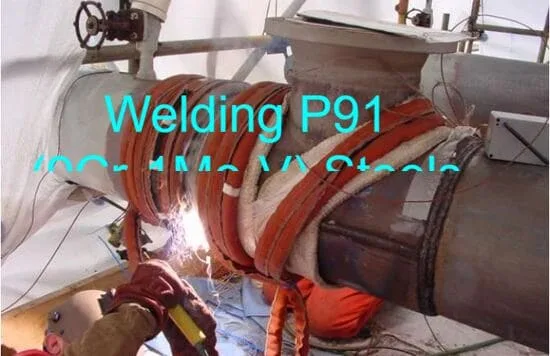
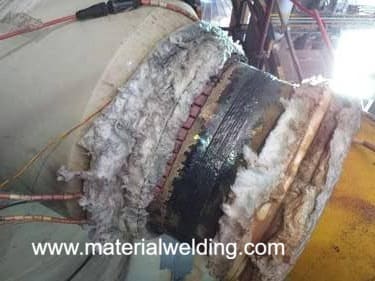
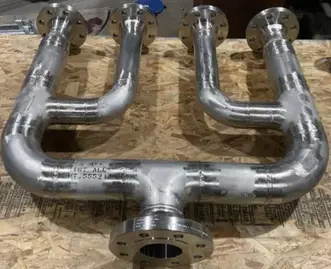
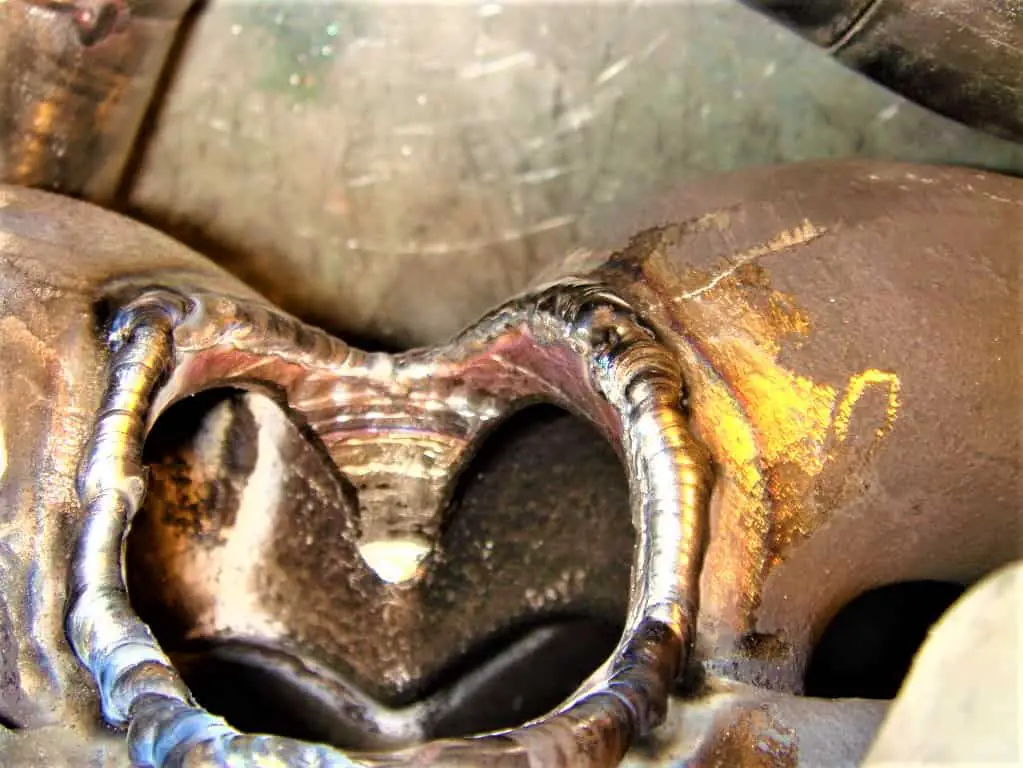
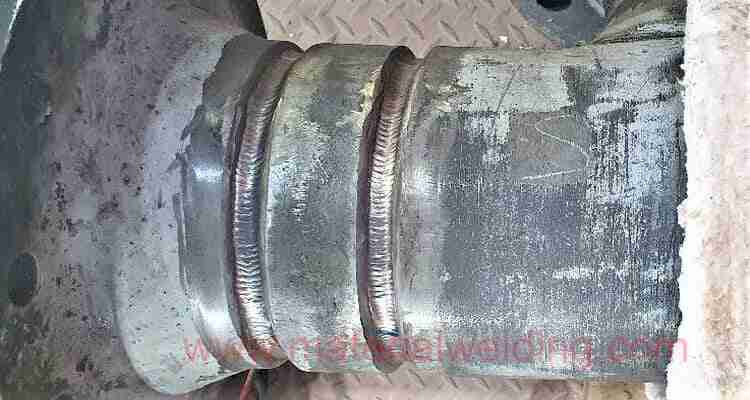
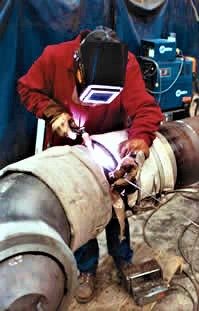
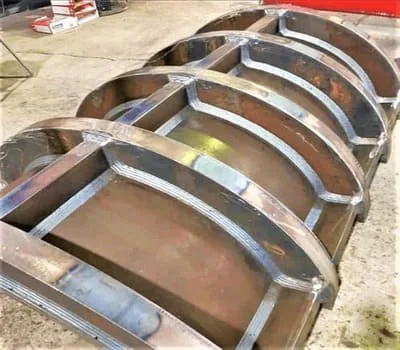

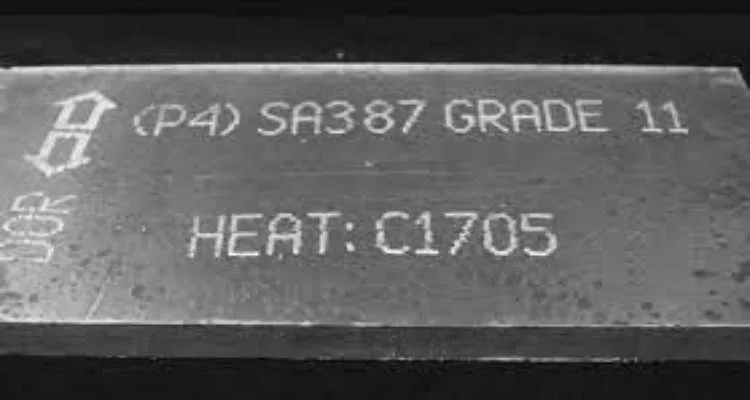

Very good welding guidelines for welding P22 to P22, P22 steel to carbon steel and other materials. appreciate your efforts. Keep it up mate.